This recipe walks through how to make any type of roasted pumpkin or winter squash seeds in the oven so they are extra crispy. There are two secrets: drying out the seeds and baking them low and slow.
First, starting with dry squash seeds is a must. Drying them with a paper towel isn't usually sufficient enough to get that extra crispiness. So I put them in the oven while it preheats with the fans on. This dries them out in about 5 minutes.
The second technique is to cook them at a lower heat for a longer time (similar to chex mix). I've gotten consistent results with a 250°F oven for 30-45 minutes. The seeds cook evenly throughout and the spices never burn.
If this sounds like too long of wait, you can cook them at 375°F for 5-7 minutes for small squash seeds, or 7-10 for pumpkin seeds. They will be crisp but chewy at the same time and sometimes the seasonings burn. That said, if I have a scant ¼ cup of seeds from a butternut squash, I admit that I often cook them this way for a super fast snack.
Jump to:
Recipe
Ingredients
- 1 cup squash seeds any variety of winter squash
- 1 Tbsp olive oil
- ½ teaspoon kosher salt
- ¾ teaspoon spices see notes
Instructions
- Separate squash seeds from as much flesh as you can. (No need to rinse them, some flesh that clings on adds to the flavor.) Place seeds on a baking sheet to dry in the oven (next step).
- Preheat oven to 250℉ and place baking sheet with seeds in while it preheats. Remove after 5 minutes, once the seeds are mostly (or fully) dried out. They should not be toasted at this time.
- Mix olive oil, salt, and spices in a large bowl. Add dry squash seeds and toss to coat.
- Scoop seeds back onto the baking tray, lined with parchment paper. Use a slotted spoon to leave excess oil in the bowl. Bake pumpkin seeds (which are larger) for 45 minutes, or until a light golden brown. Bake smaller sized seeds (like butternut squash) for 30 minutes.
- Increase oven temperature to 350℉ and roast for 5 more minutes. They will turn more golden brown and crisp up just a little extra.
- Let cool completely, then store in an airtight container on the counter.
Notes
Flavor variations:
- As written: the amount of salt listed creates a light-to-medium salted snack
- Spices: ¾ teaspoon of total spices is a good ratio to start. Dial it up or down as you see fit.
- Smokey & spicy: ½ teaspoon paprika, ⅛ teaspoon black pepper, ⅛ teaspoon cayenne pepper
- Garlic mustard: ¼ teaspoon each: mustard powder, garlic powder, and onion powder
- Curry: ½ teaspoon curry powder, ¼ teaspoon garam masala. Can substitute olive oil for coconut oil
- Honey mustard & thyme: Add 2 teaspoon honey, 1 teaspoon dijon mustard, and ½ teaspoon thyme. Check for doneness 10 minutes early because honey will brown faster.
- Cinnamon & sugar: add 1 teaspoon brown or white sugar, ¼ teaspoon cinnamon. Check for doneness 10 minutes early because sugar will brown faster.
- Chex mix: Omit salt and use ½ teaspoon Lawrys seasoning salt, ⅛ teaspoon garlic powder, ⅛ teaspoon onion pownder, and add ½ teaspoon Worchestershire sauce
Nutrition
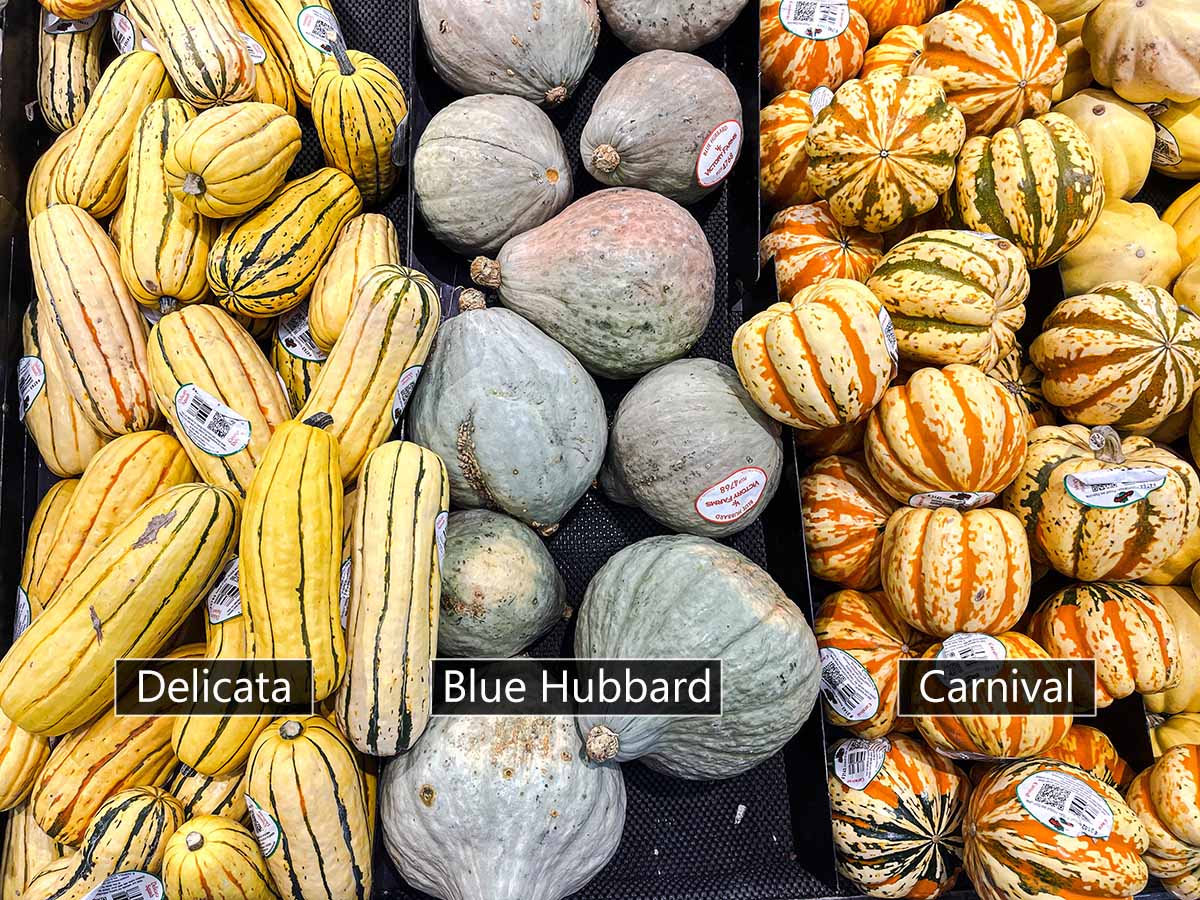
Roast seeds from any winter squash
The seeds of all winter squash are edible, including the shell (the hull). Any type of winter squash seeds can be roasted and they all taste so similar it might be hard to tell the difference. I've roasted seeds from half a dozen different types of winter squash and they all turn out flavorful and crispy.
The main difference is the time they need to roast in the oven. Pumpkin seeds tend to be the largest of the bunch, including sugar pie pumpkin seeds. Butternut, delicata, acorn, and other winter squash varieties are about half the size, so they require less time roasting in the oven.
I've also measured the amount of seeds found in different winter squash varieties. Most of them have a single serving of seeds (¼ cup), perfect to snack on after dinner or the next day.
| Variety | Seeds | Roasting time |
|---|---|---|
| Butternut squash | ½ cup seeds | 25 min |
| Sugar pie pumpkin | ½ cup seeds | 45 min |
| Delicata squash | ⅓ cup seeds | 25 min |
| Acorn squash | ¼ cup seeds | 30 min |
| Honeynut squash | ¼ cup seeds | 25 min |
| Buttercup squash | ¼ cup seeds | 25 min |
To rinse the seeds, or not?
I've found that the seeds separate from the flesh pretty easily with most winter squash. If some flesh clings to the seeds, it is totally ok. It will simply add flavor.
However, if you don't like that flavor or want them to be extra pretty for sharing with guests or giving as a gift, go ahead and give them a wash.
To wash squash seeds, place them in a bowl filled with water and swish them around until the flesh separates. Pour them in a strainer then dry with a clean kitchen towel (paper towels technically work but I find the seeds love sticking to them, making removal tedious).
The key at this point is to let the seeds air dry for a few hours or overnight. The drier they are, the crispier they will be once roasted. Alternatively, you can place them on a tray in the oven while it preheats, which often dries them out enough.
Dry the seeds extremely well
Wet seeds won't crisp up when roasted. Even when squash seeds are dried with a paper towel, they need additional time to air dry or help from the oven.
My preferred way to dry the squash seeds before roasting is to place them in the oven while it preheats. It's just enough heat and air circulation to dry them out. They don't steam or brown at this point - they simply dry out.
Set a timer if you use this method so you don't accidentally forget about them and roast the squash seeds without any oil or seasoning.
Oven temperature
I cooked several different types of squash seeds at various temperatures to determine the best method for roasting. A lower oven temperature produced the best results.
Hot & fast
Nearly every roasted pumpkin seed recipe calls for an oven that is 350-375°F, with cooking times between 5 and 15 minutes. This is how I've roasted most of my pumpkin and squash seeds in the past.
The seeds do crisp up (as long as they started out extra dry), but they also have some chewiness to them. The seasonings burn sometimes, but not all of the time. I also hear some of them making popping sounds in the oven.
In short, the squash seeds roasted at high temperatures are just 'fine,' so I started researching other options.
Low & slow
I came across this recipe on Taste of Home, where they instruct you to roast the seeds in a 250°F (121°C oven. They explain, "Cooking in a 250°F oven helps the pumpkin seeds cook evenly inside and out, so they don’t burn before they’re cooked through." The recipe further instructs you to increase the oven temperature for the last 5 minutes to turn them golden brown and even more crispy.
I followed this method to roast pumpkin seeds along with the seeds from acorn, buttercup, and butternut squash. The squash seeds all came out the crispiest I've ever made. The spices didn't burn, even the ones I coated in sugar before roasting.
Before increasing the oven temperature, the pumpkin and squash seeds were already golden brown and crispy. After increasing the temperature, they seemed to be even more crispy, unless it's just in my head!
This method reminds me of making chex mix, which allows the cereal the dry out, crisp up, and the spices never burn. The squash seeds turn out crispier, likely because they started out dry in the first place.
Flavor variations
Roasted squash seeds taste mild and nutty without added flavor. While tasty on their own, added flavors are always welcomed!
If you follow the general ratio of 1 tablespoon of oil to ¾ teaspoon spices, you should end up perfectly seasoned roasted squash seeds. I tested a lot of ratios, and the one from Jessica Gavin (with a lot of votes!) gets it just right.
The flavor combinations are endless. Here are some ideas to get you started.
- Smokey & spicy: ½ teaspoon paprika, ⅛ teaspoon black pepper, ⅛ teaspoon cayenne pepper
- Garlic mustard: ¼ teaspoon each: mustard powder, garlic powder, and onion powder
- Curry: ½ teaspoon curry powder, ¼ teaspoon garam masala. Can substitute olive oil for coconut oil, a trick from the recipe by Danielle at Went Here 8 This.
- Honey mustard & thyme: Add 2 teaspoon honey, 1 teaspoon dijon mustard, and ½ teaspoon thyme, as called for in this Serious Eats recipe. Check for doneness 10 minutes early because honey will brown faster.
- Cinnamon & sugar: add 1 teaspoon brown or white sugar, ¼ teaspoon cinnamon. Check for doneness 10 minutes early because sugar will brown faster.
- Chex mix: Omit salt and use ½ teaspoon Lawrys seasoning salt, ⅛ teaspoon garlic powder, ⅛ teaspoon onion pownder, and add ½ teaspoon Worchestershire sauce
Storage
Let the seeds cool completely. If stored while still warm, they will let off steam and soften the seeds. Once cooled, store them in an airtight container on the counter for up to two weeks.
Do pumpkin seeds go bad?
Raw pumpkin and squash seeds can be kept in the refrigerator for 2-3 days and then roasted. In fact, cleaning the seeds and then storing in the fridge before roasting can help them dry out (the key to crispiness).
Another option is to freeze raw squash seeds in an airtight container for several months. Thaw and dry before roasting.
How healthy are pumpkin & squash seeds?
Roasted pumpkin & squash seeds are an excellent source of fiber, protein, and healthy fats, according to the USDA.
A single serving of 1 ounce (about ¼ cup) of roasted squash seeds has over 5 grams of fiber, helping you reach the daily suggested goal of 25-30 grams. That's a higher density of fiber than high-fiber foods like peas and lentils.
They also have over 5 grams of protein per ounce and are full of healthy fats. The salt content can be easily be reduced as well, relying on flavors from other spices.
Bob's Red Mill shares even more benefits of pumpkin seeds, comparing the shelled version to the unshelled pepitas.

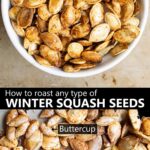
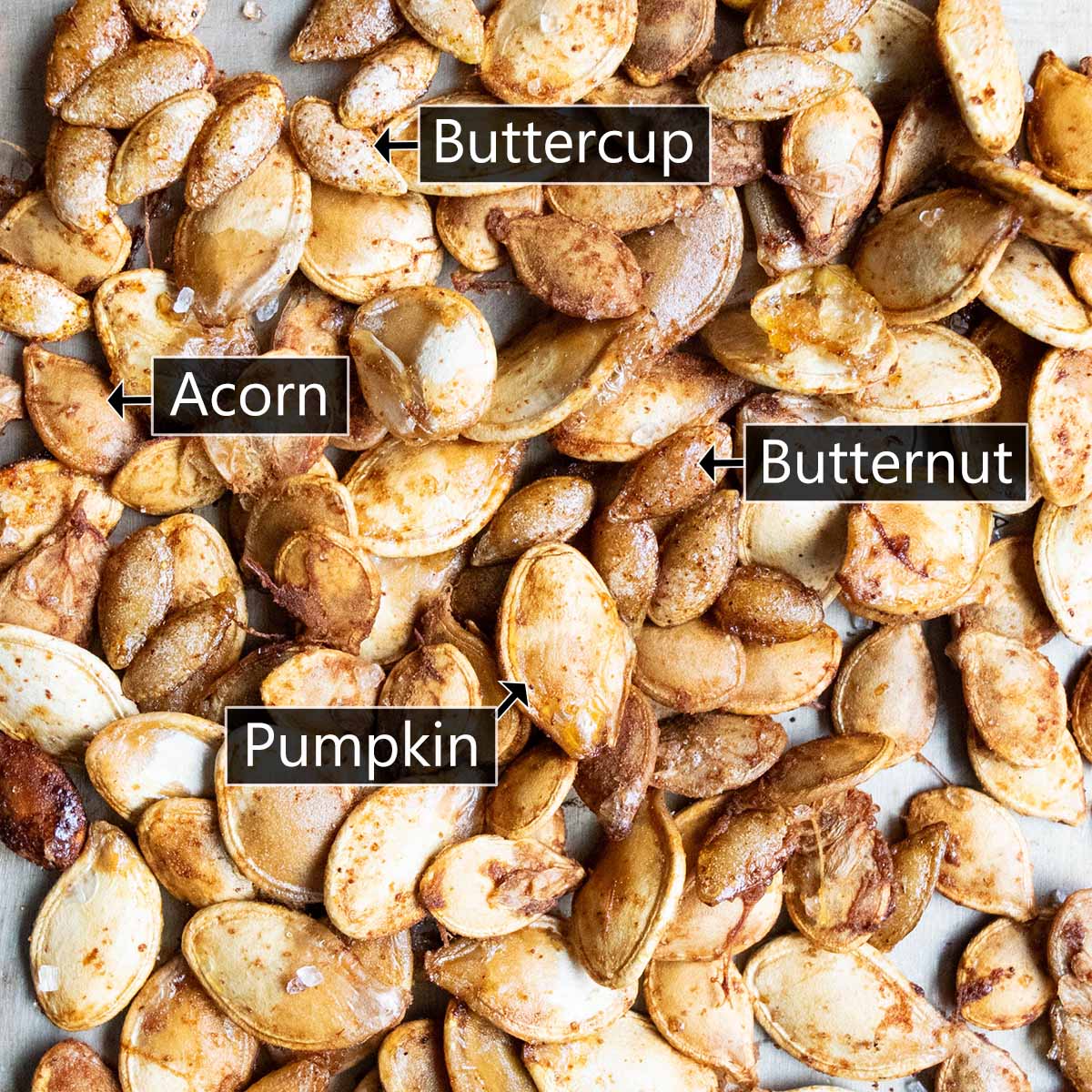

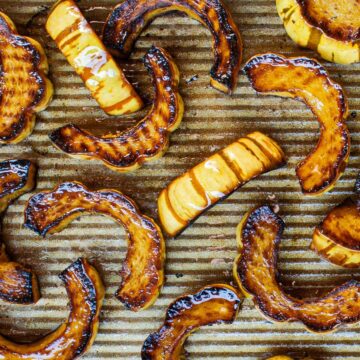
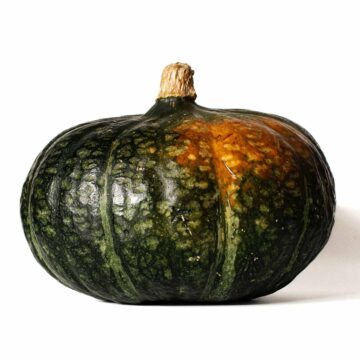
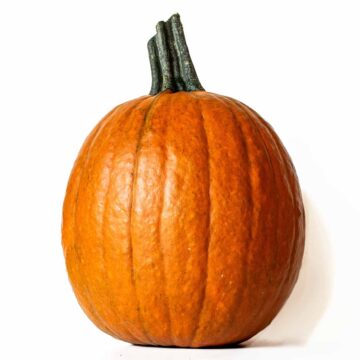
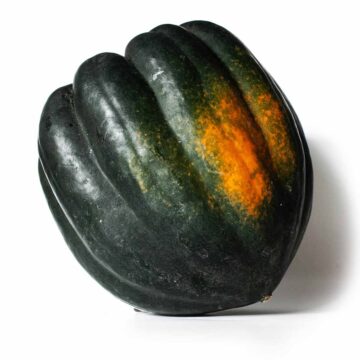
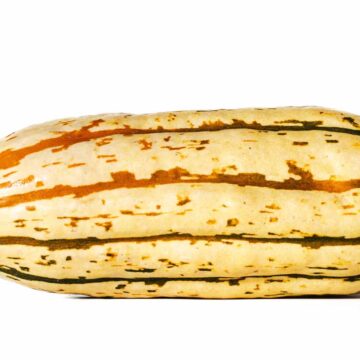
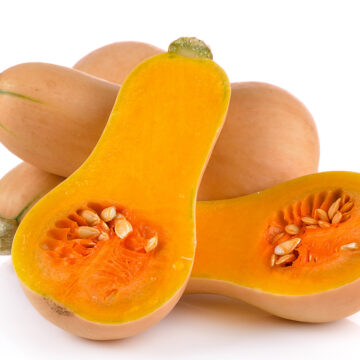
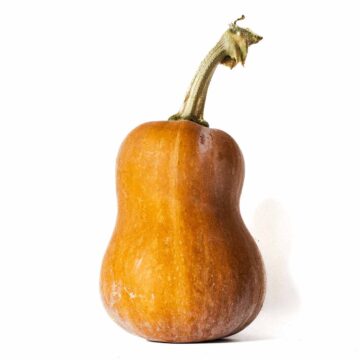
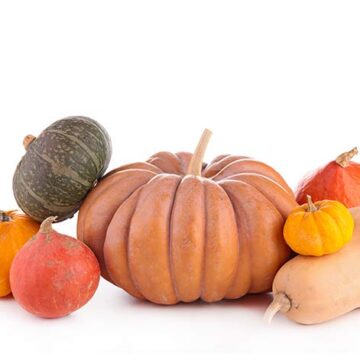
Leave a Reply